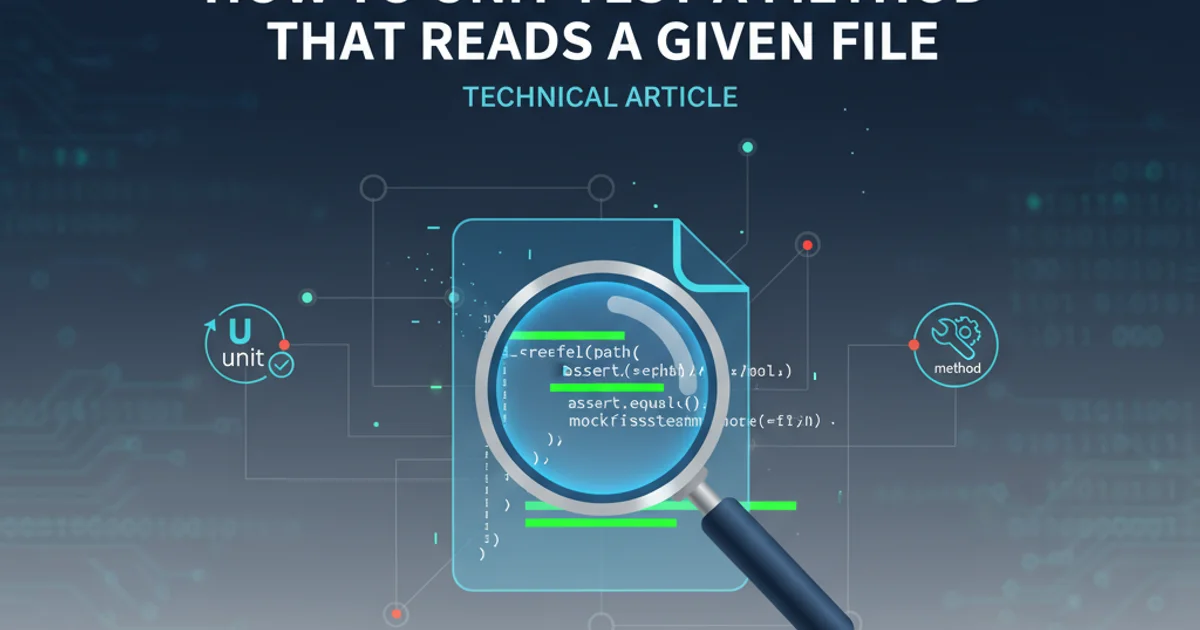Center-align a HTML table
Categories:
Mastering Table Alignment: Center-Aligning HTML Tables with Ease

Learn various robust methods to center-align HTML tables using CSS, ensuring cross-browser compatibility and responsive design.
Centering an HTML table is a common requirement in web development, crucial for improving visual balance and user experience. While it might seem straightforward, different scenarios and desired levels of control call for specific CSS techniques. This article explores the most effective and modern ways to achieve perfect horizontal centering for your HTML tables, from basic margin auto to advanced Flexbox and Grid layouts.
Understanding the Challenge of Table Centering
Tables, by default, are block-level elements. However, their intrinsic width often depends on their content, making traditional text-align: center; (which only centers inline content) ineffective directly on the table itself. The key to centering a block-level element is to give it a defined width and then apply horizontal margins. Without a defined width, a block element will typically take up 100% of its parent's width, leaving no room to center.
flowchart TD
A[HTML Table] --> B{Has defined width?}
B -- No --> C[Takes 100% width]
B -- Yes --> D{Apply margin: auto;}
C --> E[Cannot be centered with margin: auto;]
D --> F[Table is centered!]Decision flow for centering an HTML table
Method 1: Using margin: auto; (The Classic Approach)
The most common and widely supported method for horizontally centering a block-level element, including a table, is to set its margin-left and margin-right properties to auto. This technique requires the table to have a defined width that is less than 100% of its parent container. If the width is not explicitly set, the table will occupy the full width available, and margin: auto; will have no effect.
<!DOCTYPE html>
<html>
<head>
<title>Center Table with Margin Auto</title>
<style>
.center-table {
width: 80%; /* Important: Define a width less than 100% */
margin-left: auto;
margin-right: auto;
border-collapse: collapse;
}
.center-table th, .center-table td {
border: 1px solid #ccc;
padding: 8px;
text-align: left;
}
</style>
</head>
<body>
<table class="center-table">
<thead>
<tr>
<th>Header 1</th>
<th>Header 2</th>
</tr>
</thead>
<tbody>
<tr>
<td>Data 1A</td>
<td>Data 1B</td>
</tr>
<tr>
<td>Data 2A</td>
<td>Data 2B</td>
</tr>
</tbody>
</table>
</body>
</html>
HTML and CSS for centering a table using margin: auto;
width property (e.g., width: 80%; or width: 500px;) on the table when using margin: auto;. Without it, the table will expand to fill its container, and there will be no space to center.Method 2: Centering with Flexbox (Modern and Flexible)
Flexbox offers a powerful and flexible way to center elements, including tables. By making the parent container a flex container, you can easily align its children. This method is particularly useful when you need to center multiple items or have more complex layout requirements. The table itself does not need a fixed width for this method to work, as the flex container handles the alignment.
<!DOCTYPE html>
<html>
<head>
<title>Center Table with Flexbox</title>
<style>
.table-container {
display: flex;
justify-content: center; /* Centers horizontally */
align-items: flex-start; /* Aligns to the start vertically, or 'center' for vertical centering */
border: 1px dashed #aaa;
padding: 10px;
}
.flex-table {
border-collapse: collapse;
}
.flex-table th, .flex-table td {
border: 1px solid #ccc;
padding: 8px;
text-align: left;
}
</style>
</head>
<body>
<div class="table-container">
<table class="flex-table">
<thead>
<tr>
<th>Product</th>
<th>Price</th>
</tr>
</thead>
<tbody>
<tr>
<td>Laptop</td>
<td>$1200</td>
</tr>
<tr>
<td>Mouse</td>
<td>$25</td>
</tr>
</tbody>
</table>
</div>
</body>
</html>
HTML and CSS for centering a table using Flexbox on its parent container.
justify-content: center; handles horizontal alignment, and align-items: center; handles vertical alignment within the flex container.Method 3: Centering with CSS Grid (Powerful for Two-Dimensional Layouts)
CSS Grid Layout is designed for two-dimensional layouts and provides another robust way to center elements. Similar to Flexbox, you apply the centering properties to the parent container. Grid offers explicit control over rows and columns, making it excellent for more complex page structures where a table needs to be centered within a specific grid area.
<!DOCTYPE html>
<html>
<head>
<title>Center Table with CSS Grid</title>
<style>
.grid-container {
display: grid;
place-items: center; /* Centers both horizontally and vertically */
height: 200px; /* Example height for vertical centering to be visible */
border: 1px dashed #aaa;
padding: 10px;
}
.grid-table {
border-collapse: collapse;
}
.grid-table th, .grid-table td {
border: 1px solid #ccc;
padding: 8px;
text-align: left;
}
</style>
</head>
<body>
<div class="grid-container">
<table class="grid-table">
<thead>
<tr>
<th>Item</th>
<th>Quantity</th>
</tr>
</thead>
<tbody>
<tr>
<td>Apples</td>
<td>10</td>
</tr>
<tr>
<td>Oranges</td>
<td>5</td>
</tr>
</tbody>
</table>
</div>
</body>
</html>
HTML and CSS for centering a table using CSS Grid on its parent container.
place-items: center; is a convenient shorthand for justify-items: center; and align-items: center;, ensure your target browsers support CSS Grid. Modern browsers have excellent support, but older ones might require fallbacks.Choosing the Right Method
The best method depends on your specific needs:
margin: auto;: Best for simple horizontal centering of a single block element with a known, fixed, or percentage width. It's highly compatible with older browsers.- Flexbox: Ideal when you need to center one or more items within a container, especially if you're building a component or a section that requires flexible alignment in one dimension.
- CSS Grid: Most powerful for complex, two-dimensional layouts where you need precise control over rows and columns, and want to center an item within a specific grid cell or the entire grid.